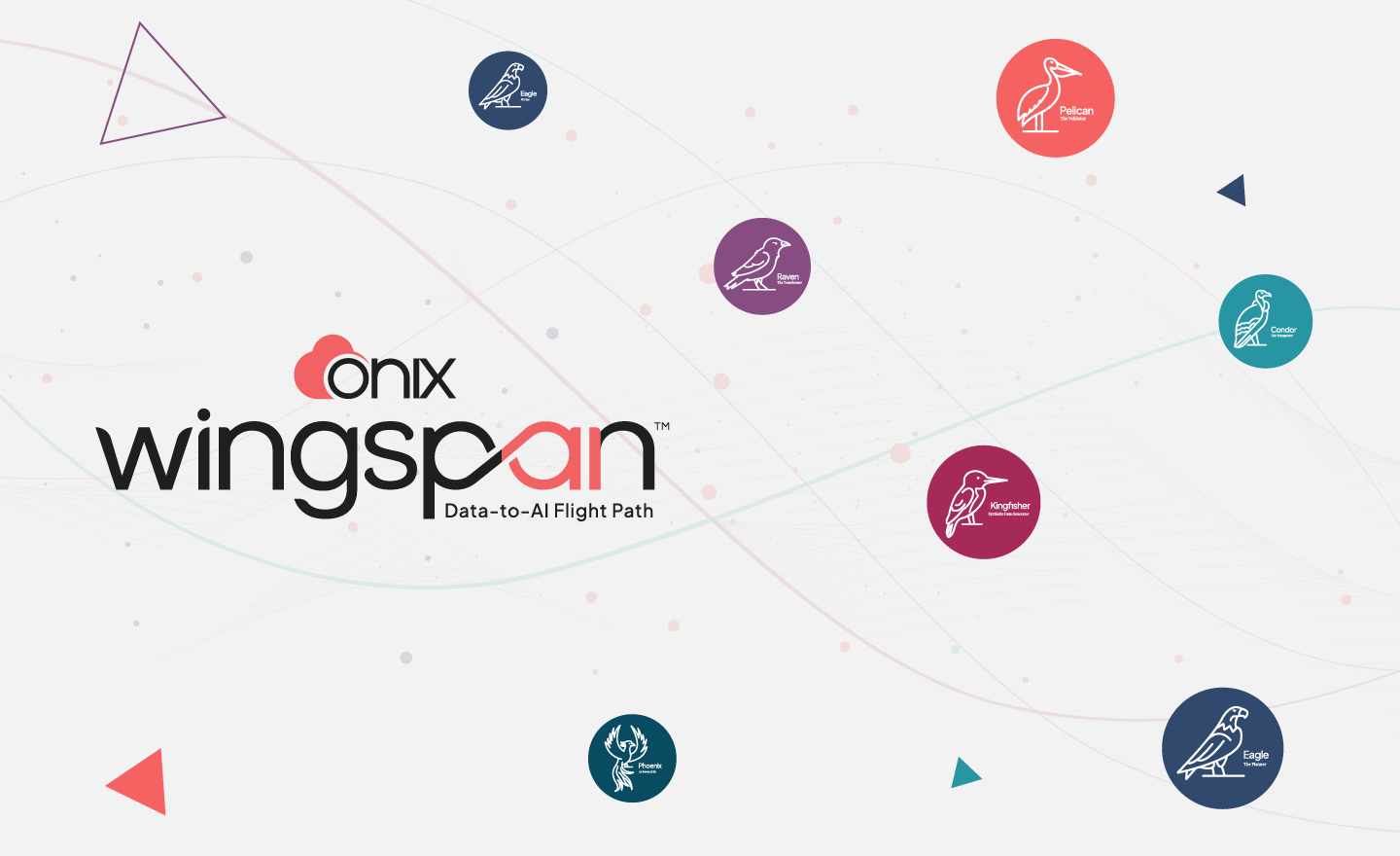Along with cloud security, cloud cost optimization is a top priority for organizations with cloud workloads. In fact, 63% of technology executives said cloud cost optimization is a key factor. At the same time, 6 in every 10 organizations are incurring higher cloud costs than expected.
In 2024, IT leaders will continue to prioritize cloud cost optimization as the means to maximize their cloud ROI. As more organizations migrate their workloads to the cloud, they are seriously considering how to manage the elevated costs of cloud migration. Short for Financial Operations, FinOps is emerging as a plausible answer to this problem.
What is FinOps? Essentially, it is a cloud-powered financial management discipline that brings together the engineering, finance, technology, and business teams to make data-driven choices. According to the 2023 State of FinOps report, FinOps grew by 75% in 2022 and by 50% in 2023. Cost optimization is among the 5 foundational pillars of FinOps, which also includes:
- Cloud planning and optimization
- Operational visibility
- Risk management
- Accountability
How can organizations maximize their Cloud ROI using FinOps? In this blog, we discuss 5 cloud cost optimization best practices to follow in 2024.
5 Cloud Optimization Best Practices
1. Optimize your application workload
Organizations should optimize the right type and amount of cloud resources for every application workload. Overprovisioning or underutilization of cloud resources can add to wastage and cloud costs. Some common strategies for optimizing the workload include:
- Right-sizing (or matching) the cloud resources to the workload needs
- Automatically scaling cloud resources based on application changes
- Eliminating any unused resources
- Reducing the costs of data transfer
Typically, workload optimization includes analyzing and optimizing the application code, SQL queries, database tables, and partitions (based on application usage).
Most organizations focus on optimizing their cloud infrastructure, including the available resources, storage space, and computing power. Onix focuses on optimizing application workloads for the cloud. Here are our three key strategies for workload optimization:
- Optimizing the data models (including legacy code) to lower storage requirements, improve performance, and reduce full-code data scans.
- Optimizing the application code to identify areas of improvement and reduce resource consumption.
- Optimizing the cloud architecture to reduce performance bottlenecks, choose the right cloud service, and improve fault tolerance.
2. Implement elastic scaling
Elastic scaling in cloud environments refers to the ability to automatically scale the cloud capacity according to demands. With elastic scaling, organizations can easily optimize their costs – as compared to proactively reserving cloud resources in advance.
Here’s how organizations can leverage elastic scaling to reduce their resource consumptions and costs:
- Deploy searchable snapshots and data tiers to reduce cloud storage costs
- Start with a monthly subscription cloud plan to optimize the elastic cloud
- Use automatic scaling to scale resources according to expanding usage
- Reduce the costs of data transfer between data nodes
3. Availability of discounts from cloud service providers
This would qualify among the easiest cloud cost management best practices to implement in any organization. Most cloud service providers, including Google Cloud, offer discounts on reserved instances, spot instances, or simply high-volume discounts. In the long run, these promotions and discount programs can significantly reduce cloud costs and maximize ROI.
As long as the cloud workload requirements do not change, organizations can run their workloads efficiently at no additional costs.
4. Right-size your cloud resources
Right-sizing is the process by which organizations can match their instance types and sizes to their workload performance and capacity. This is done at a reduced cost. At the same time, organizations can view their deployed application instances – and identify those that can be either eliminated or downsized without compromising on performance and capacity.
Right-sizing of cloud resources is key to achieving cloud cost optimization – and is often delayed by organizations moving their workload to the cloud environment. Most companies prioritize speed and performance over costs, thus leading to oversized instances or unutilized resources.
5. Eliminate unused resources
Unused resources such as idle virtual machines, idle instances, and unattached storage space can all contribute to cloud wastage, thus incurring avoidable costs. According to Flexera, 32% of the average organization’s cloud budget was wasted in 2022.
With improved cloud visibility, companies can identify the resources that are needed, and those that are contributing to waste.
How Onix Can Help in Maximizing Cloud ROI
As a Google Cloud partner for over 2 decades, Onix has the required cloud expertise and industry experience to help you maximize your ROI on your cloud investments. With our cloud-managed service solutions, Onix can assist you in FinOps, Infrastructure Operations, and DataOps on the Google Cloud Platform (GCP). We have also been recognized as Google’s Partner of the Year on 13 occasions.
Get in touch with us if you need consultation on your GCP cost optimization best practices.
Reference links:
https://www.cloudzero.com/blog/cloud-computing-statistics/
https://spot.io/resources/cloud-cost/cloud-cost-optimization-15-ways-to-optimize-your-cloud/
https://aws.amazon.com/aws-cost-management/aws-cost-optimization/right-sizing/









